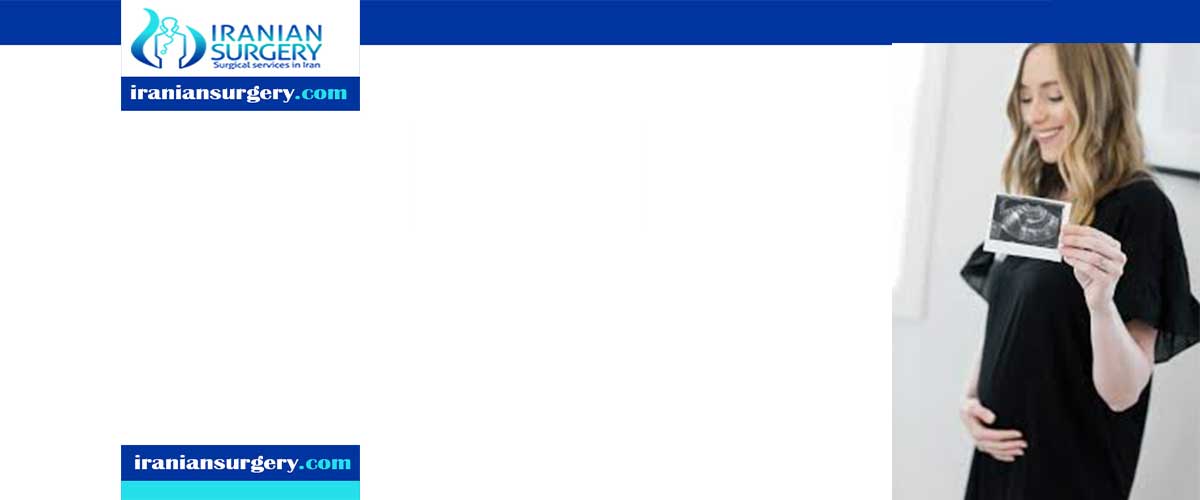Does assisted hatching help implantation?
Is it better to transfer a hatching blastocyst?
How long does it take for a hatching embryo to implant?
What is laser assisted hatching in IVF?
Do assisted hatching embryos implant sooner?
What does it mean when an embryo is hatching?
Assisted hatching is used to help the embryo hatch from its protective outer shell, the zona pellucida, and promote implantation in the uterine wall after embryo transfer. Prior to the clinical availability of the lasers, only mechanical or chemical methods could be used for assisted hatching of human embryos in clinical settings. Laser-assisted hatching requires less handling of the embryo than these other assisted hatching methods. Also, laser-assisted hatching is faster than the other methods and, therefore, the embryo spends less time outside the incubator.
Assisted hatching has been shown to be most helpful prior to transferring a frozen-thawed embryo, because the zona pellucida hardens with freezing. If older women are having a blastocyst-stage embryo transfer, we will only hatch if the zona pellucida is especially thick. the technique is performed three days post-fertilization, after the embryo has had a few days to develop. During assisted hatching, the zona pellucida, which coats the embryo, is thinned or ruptured. If you use IVF with assisted hatching, the embryo will be transferred into your uterus a day after hatching.
Read more about : Surrogacy in Iran
Read more about : What are the Biggest Differences between IUI and IVF?
Does assisted hatching help implantation?
Assisted hatching is a newer lab technique that was developed when fertility experts observed that embryos with a thin zona pellucida had a higher rate of implantation during IVF. With assisted hatching, an embryologist uses micromanipulation under a microscope to create a small hole in the zona pellucida.
Is it better to transfer a hatching blastocyst?
If you're under 35, established research says that live birth rates after blastocyst transfer are higher than after cleavage-stage (earlier) transfers. Clinic data in the UK and across Europe shows that blastocyst transfers significantly boost clinical-pregnancy and live-birth rates. The study confirms that extending blastocyst culture by few hours allows better developed, top-quality hatching/hatched blastocyst for transfer which subsequently improves implantation and pregnancy/live birth rates with no added risk of multiple pregnancies compared with EBT. Spontaneously hatching/hatched blastocysts have a better potential to implant and develop into a positive pregnancy.
Read more about : How many days after period is frozen embryo transfer?
Read more about : Icsi procedure step by step
How long does it take for a hatching embryo to implant?
In the case of in vitro fertilization (IVF), the fertilized eggs or human blastocysts normally hatch out of their shell and start to implant about 1 or 2 days after the 5th day of the IVF blastocyst transfer. This means the implantation takes place about 7 to 8 days after fertilization of the egg. The time required for implantation in both the cases, normal pregnancy and pregnancy through IVF, is more or less the same.
Read more about: Ivf with donor eggs process in Iran
What is laser assisted hatching in IVF?
Laser-assisted hatching is a scientific IVF technique that can make it easier for the embryo to “hatch” or breakthrough its outer layer or “shell” (a membrane also known as the zona pellucida) by creating an opening. In some situations, this layer is abnormally thick and/or hardened with the freezing and thawing process among the contributing factors. The less difficulty the embryo has in hatching, the better its chance of attaching or implanting into the wall of the uterus.
Pregnancy cannot occur unless the embryo hatches and implants, and laser-assisted hatching can play a key role in achieving these crucial steps.
Do assisted hatching embryos implant sooner?
Hatched embryos implant one day early, which may allow a greater opportunity for implantation to occur, particularly if the endometrium is advanced by the ovarian stimulation in a fresh transfer. The addition of assisted hatching to the standard IVF protocol does add extra laboratory manipulation.
Read more about : PGD
Read more about : Intrauterine Insemination (IUI)
Read more about : Zift infertility treatment
What does it mean when an embryo is hatching?
Hatching is the term used when the blastocyst cells start to break through the shell (zona pellucida) of the embryo. Hatching may not always take place but it is a necessary step towards implantation and pregnancy. Assisted hatching is used in some clinics to make a small hole in, or to thin, the shell of the embryo in an attempt to help it hatch.


